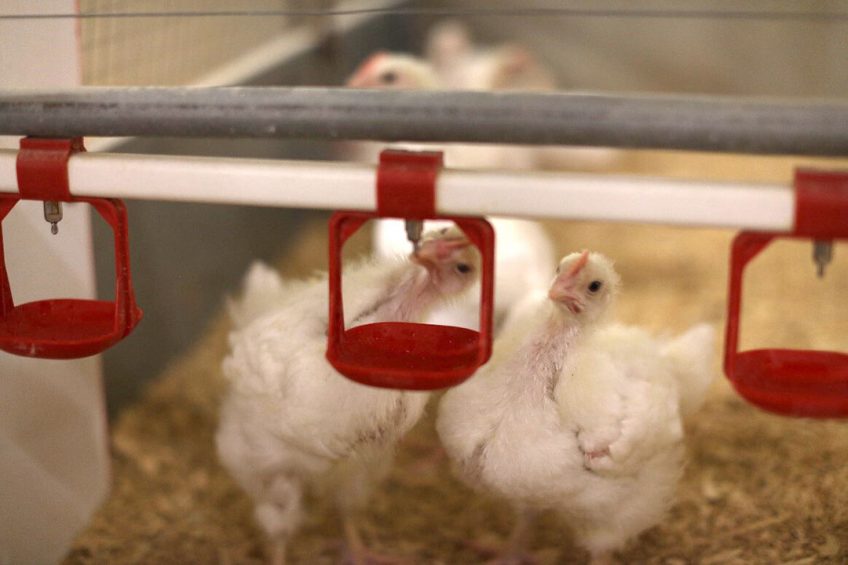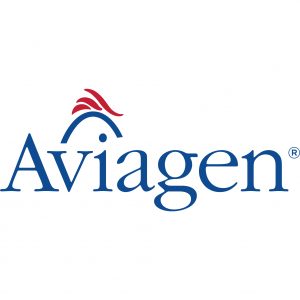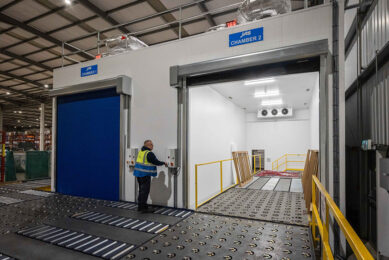Alternative water disinfection methods during production

Knowing and understanding the available alternatives for disinfecting drinking water supplies can prepare poultry managers to make sound decisions on what tools best fit their operations. The key to a good water disinfection programme is one that complements water quality, is compliant with local legislation, and above all, promotes good flock health.
Although chlorine is widely used as a water sanitiser due to its effectiveness, ease of use and availability, it may not be the best choice due to various factors such as water pH, organic matter present, water storage time, or local legislation. Options such as chlorine dioxide, hydrogen peroxide, peracetic acid, ultraviolet (UV) light, and ozone are effective if chlorination is not allowed.
Water sanitation during production
There are several options to successfully treat drinking water during the production period; the key is to find what works best for the flock, complements the water quality and is compliant with local legislation. A good water sanitation programme:
- Uses products that are easily accessible and economical.
- Allows for easy testing and monitoring.
- Offers several options for application.
- Promotes good flock health.
Alternative water disinfection methods
Chlorine Dioxide (ClO
2
)
Chlorine dioxide is a strong oxidizer that is effective against a wide range of bacteria, viruses and protozoal pathogens. It has 2 advantages over chlorine, including better efficacy at a higher pH (8 vs 6) and not creating taste and odour issues when organic matter is present in the water supply. Heat, exposure to UV light or sunlight, as well as water temperature or low pH can reduce its efficacy, taking approximately twice as much chlorine dioxide as chlorine for the same oxidation benefit.
Typical disinfectant dosages of chlorine dioxide in drinking water range from 0.8 to 2.0 mg/l or ppm with the desired measurable residual in the 0.07 to 1.4 ppm range at the end of the drinking line. Higher levels are discouraged due to the increased risk of the byproducts chlorite and chlorate.
Hydrogen Peroxide (H
2
O
2
)
Hydrogen peroxide is a strong oxidizer that is readily soluble in water and breaks down into water and oxygen, leaving no harmful byproducts. While not as effective as chlorine in oxidizing iron and manganese, it is often used for oxidizing sulfides and sulfites prior to filtration. The effectiveness of hydrogen peroxide depends on several factors, such as pH, catalysers, temperature, peroxide concentration and reaction time. Target residual levels for drinking water are 25- 75 ppm, but levels as high as 100 ppm have been reported with no negative effects on birds.
Peracetic Acid (CH
3
H
4
O
3
)
Peracetic acid or peroxyacetic acid is a combination of hydrogen peroxide and acetic acid. It is a stronger oxidizer than chlorine or chlorine dioxide. It is effective against a wide range of bacteria, viruses and spore forms or organisms and is less affected by the presence of organic matter. It is colourless, has a strong, pungent odour and is typically available in concentrations of 5-15% with a pH ~ 2.8.
Ultraviolet Light (UV)
Ultraviolet light inactivates microorganisms with light energy in the form of electromagnetic waves. Wavelengths between the 245 to 285 nm range provide an optimal germicidal effect. Since it is a physical process, it introduces no chemicals into the water. UV lamps range from:
- Low-pressure lamps that emit in the 253 nm wavelength.
- Median-pressure lamps that emit wavelengths from 180-1370 nm.
- High intensity wavelength lamps that pulse.
Effective dose is correlated to exposure time and light intensity, with optimal effectiveness best achieved by maintaining a consistent water flow through the reactor, and generating turbulence in the water to create uniform exposure. Since UV provides no residual disinfectant it is often combined with a chemical sanitizer to provide residual in the drinking water. Ozone or hydrogen peroxide enhance the effectiveness of UV.

Ozone (O
3
)
Ozone is a colourless gas and a strong oxidizer that reacts rapidly to inactivate microorganisms and oxidize iron, manganese, sulfides and nitrites. While it is more reactive than chlorine, it’s half-life of 10-30 minutes, or less, when the pH is >8, means it must be generated on-site. Because ozone does not maintain a disinfecting residual in the water, it is highly recommended that water be filtered post-treatment to remove nutrients released into the water, and a secondary disinfectant added.
Conclusions
Sanitisers can protect water supplies from being vectors for disease challenges, and because operations and practices vary, it is important to know and understand which water sanitation method is the best fit. The key to a good water disinfection programme is one that complements water quality, is compliant with local legislation, and above all, promotes good flock health.
For more detailed information on alternative water disinfection methods, please see the Aviagen Brief, Best Practice on the Farm – Alternative Water Disinfection Methods during Production, found at www.aviagen.com






